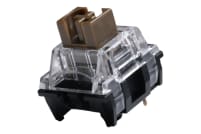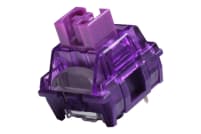



TTC
Neptune Linear Switch
Type: Linear
Actuation force: 41g
Bottom out force: 50g
Total travel: 3.8mm
Mount type: PCB (5-pin)
Top housing material: POM
Bottom housing material: Polycarbonate
Factory lubed
$4.30
$7.90
46% off
10 switches per order
United States: FREE Shipping on orders over $49.00. See shipping & returns
TTC
Shop allTTC Silent Frozen (V2)
Linear
$8.61
$5.33 per 10
TTC Venus
Linear
$7.90
$4.30 per 10
TTC Silent Bluish White (V2)
Tactile
$6.60
$4.63 per 10
TTC Bluish White
Tactile
$4.80
$4.18 per 10
TTC Speed Silver
Linear
$6.00
$4.58 per 10
TTC Silent Brown
Tactile
$5.00
$3.68 per 10
TTC Silent Red
Linear
$5.28
$4.38 per 10
TTC Gold Red
Linear
$5.00
$3.28 per 10
TTC Light Cloud V2
Linear
$6.80
$5.49 per 10
TTC Flaming Purple
Linear
$8.30
$4.30 per 10
TTC Gold Red Pro
Linear
$6.11
$2.90 per 10
TTC Iron
Linear
$5.40
$4.30 per 10
TTC Brother
Clicky
$5.50
$3.30 per 10
TTC Gold Brown Pro
Tactile
$6.11
$2.90 per 10
TTC Gold Silver
Linear
$6.11
$2.90 per 10
TTC Flame Red
Linear
$7.29
$4.38 per 10
TTC Ice
Linear
$7.50
$5.99 per 10
TTC Gold Pink
Linear
$4.80
$4.28 per 10
TTC Honey
Linear
$9.99
$6.78 per 10
TTC Yunhai
Linear
$7.50
$5.99 per 10
TTC Gold Brown
Tactile
$5.00
$3.28 per 10
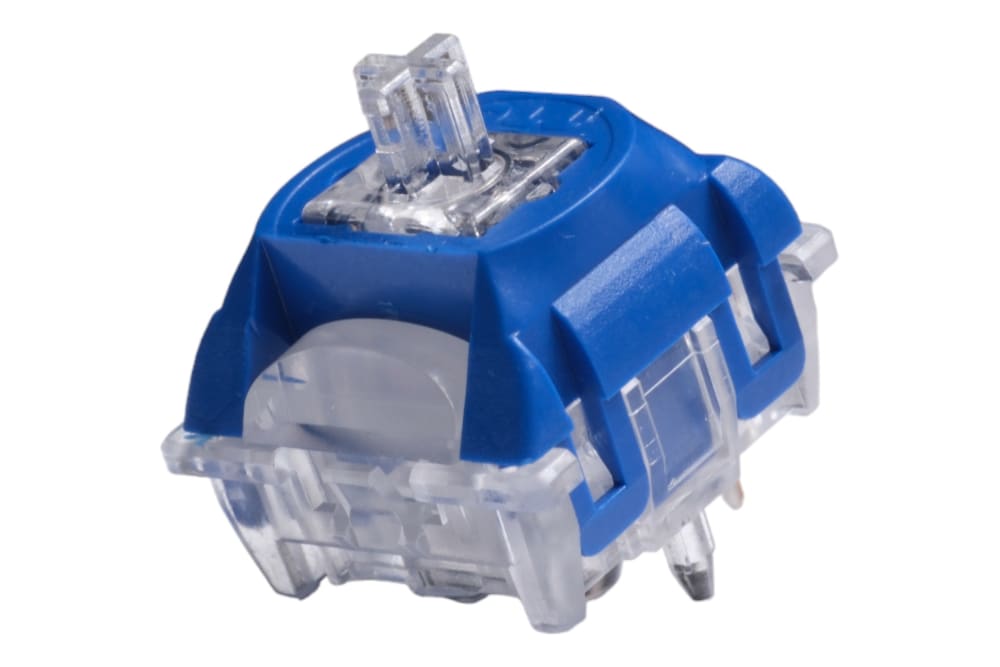

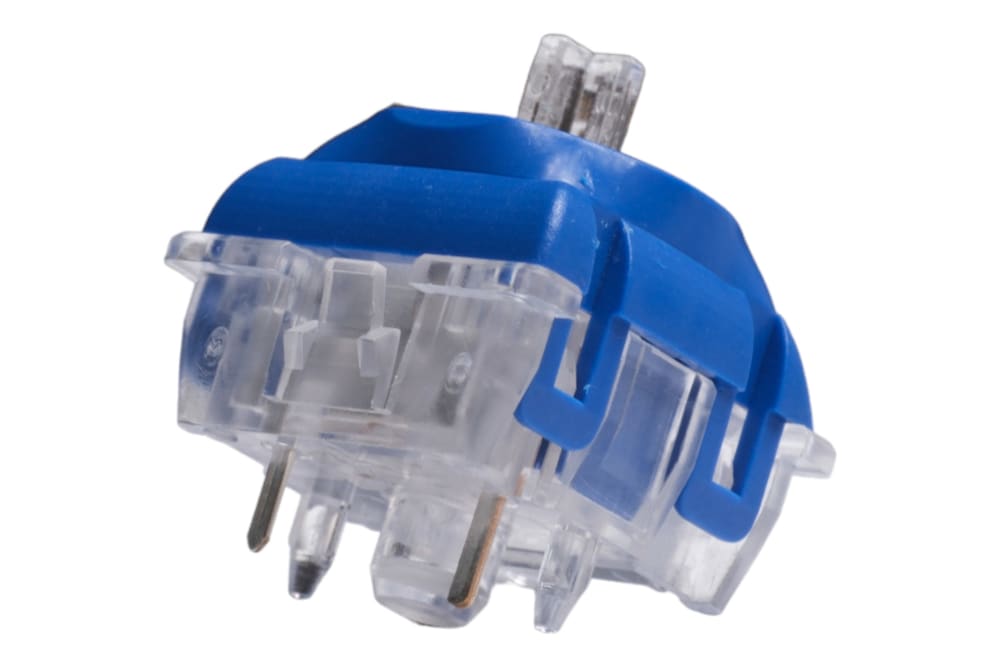
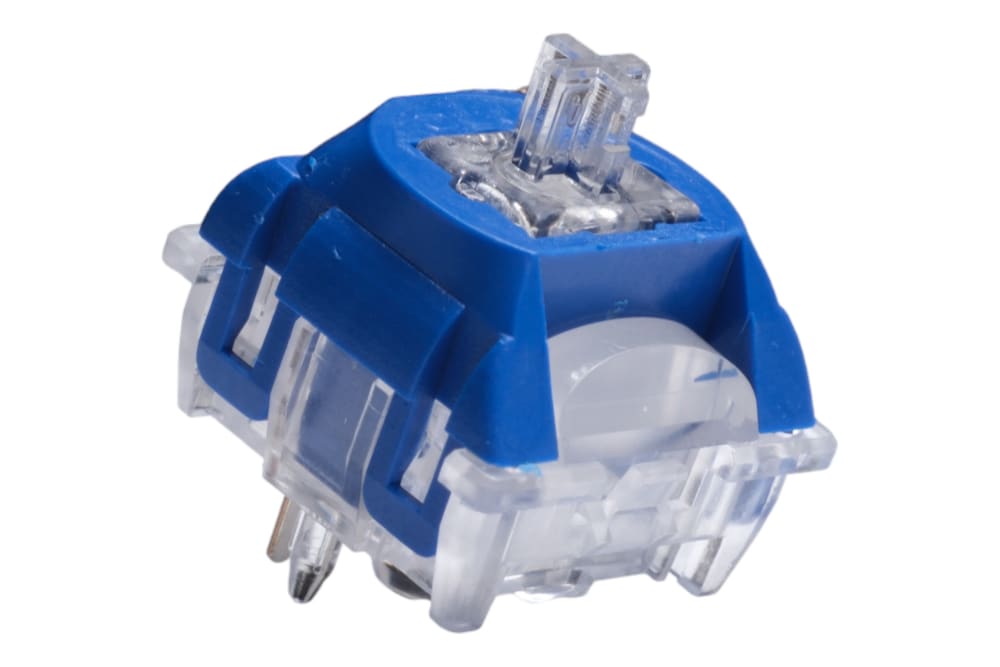
/Silent_Frozen_4_p5976y?_a=BAVAfVDW0)

/Silent_Bluish_White_4_lscz12?_a=BAVAfVDW0)


